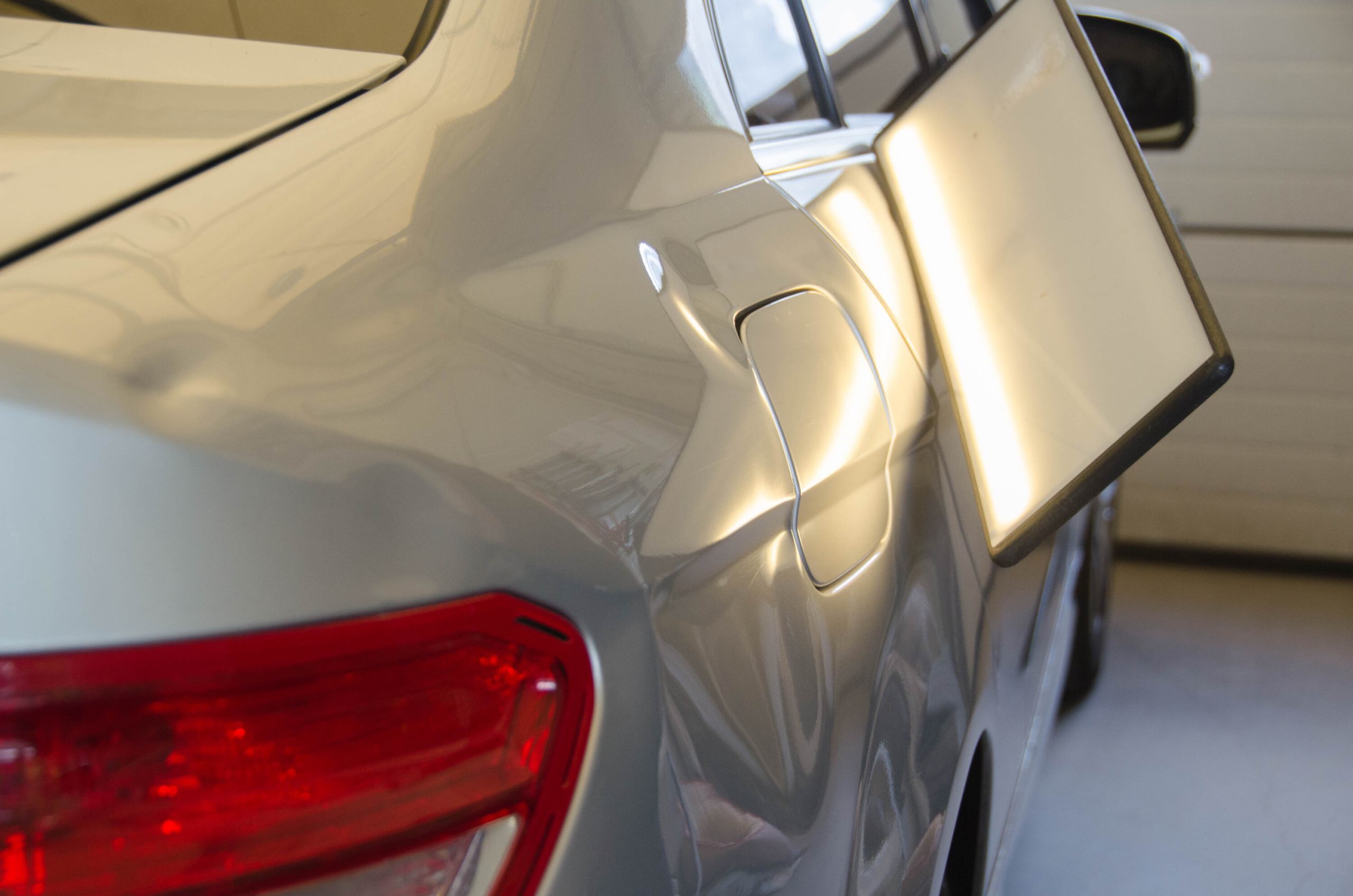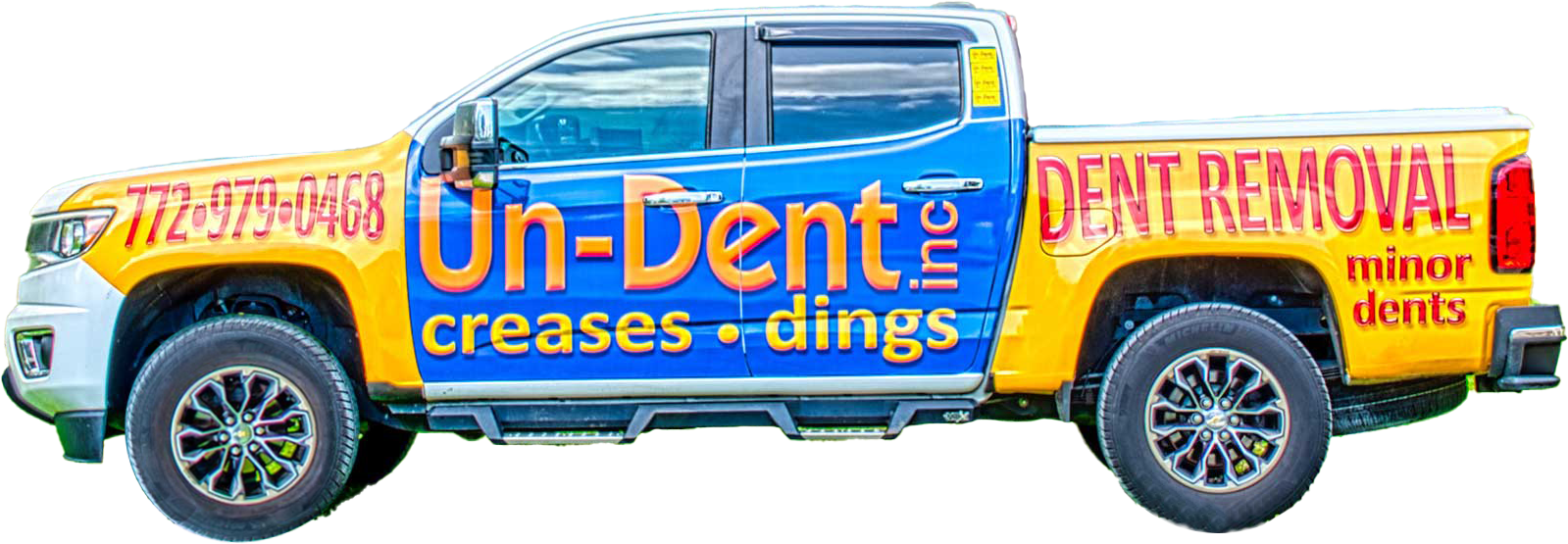Paintless Dent Removal (PDR) is a popular and cost-effective method for repairing minor dents and dings on vehicles. However, many potential customers have questions about PDR’s process, pricing, and outcomes. In this comprehensive guide, we will address frequently asked questions about paintless dent removal to provide clarity and help you make an informed decision when considering this option for dent repair.
- What is Paintless Dent Removal (PDR)?
Paintless Dent Removal, or PDR, is a specialized technique used to repair minor dents, dings, and creases on a vehicle’s body without the need for traditional bodywork or repainting. PDR technicians use specialized tools to access the backside of the dent and gently massage the metal back into its original shape. This method preserves the vehicle’s original factory finish and can be completed relatively quickly compared to traditional dent repair. - How Does Paintless Dent Removal Work?
PDR technicians use a variety of tools, including metal rods and specially designed tabs, to access the backside of the dent. They carefully manipulate the damaged area, applying pressure to push the dent out and restore the metal to its original shape. The process requires skill and precision; technicians often use specially designed lighting to ensure they can see the dent clearly. Once the dent is successfully repaired, the vehicle’s surface remains undamaged and retains its original paint. - What Types of Dents Can Be Repaired with PDR?
PDR is most effective for repairing smaller dents, dings, and minor creases. It is commonly used to address damage caused by factors such as parking lot mishaps, door dings, hailstorms, and minor accidents. While PDR is versatile and can handle a wide range of dent sizes and locations, extremely large or complex dents that have severely damaged the paint may not be suitable for this method. - How Long Does a Paintless Dent Removal Procedure Take?
The duration of a PDR procedure depends on the size and complexity of the dent. Smaller dents and dings can often be repaired within a few hours, while larger or more intricate dents may take a bit longer. In most cases, you can expect to have your vehicle back the same day. PDR’s efficiency and rapid turnaround time make it a convenient option for those with busy schedules. - Will My Vehicle’s Original Paint Be Preserved?
Yes, one of the key benefits of PDR is that it preserves your vehicle’s original paint. Unlike traditional dent repair methods, which often involve sanding, repainting, and blending, PDR focuses solely on reshaping the damaged area from the inside. This means your car retains its original color, finish, and overall appearance, helping maintain its value and aesthetics. - Is Paintless Dent Removal Cost-Effective?
Paintless Dent Removal is often more cost effective than traditional dent repair methods. This cost savings stems from PDR requiring fewer materials, less labor, and no repainting. While the exact cost of PDR can vary depending on factors such as the size and location of the dent, it is generally a more budget-friendly option for repairing minor damage to your vehicle. - Can I Use My Insurance to Cover Paintless Dent Removal?
Many insurance companies recognize the benefits of PDR and cover it as a valid method for repairing dents. If you have comprehensive coverage, your insurance policy may cover the cost of PDR, or you may be responsible for a deductible. It’s essential to check with your insurance provider to understand your coverage and any potential out-of-pocket expenses. - Will the Dent Be Completely Invisible After PDR?
In most cases, the dent will be significantly improved and nearly invisible after PDR. However, the final result can depend on various factors, including the dent’s size, location, and the technician’s skill. While PDR can achieve remarkable results, some minor imperfections or shadows may exist in certain situations. Your PDR technician can provide you with a realistic outcome expectation based on the specific dent. - Can PDR Fix Hail Damage?
Yes, PDR is an excellent option for repairing hail damage. Hailstorms often result in numerous small dents on a vehicle’s surface. PDR is ideal for addressing these types of dents because it can efficiently restore the metal to its original shape without requiring extensive bodywork or repainting. Hail damage repair with PDR is effective and helps preserve your vehicle’s factory finish. - Is Paintless Dent Removal a DIY Project?
While DIY PDR kits are available on the market, we strongly recommend against attempting to repair dents yourself unless you have experience and training in PDR techniques. Achieving professional-level results with PDR requires specialized tools, knowledge of the process, and skill. Attempting to repair a dent yourself without the necessary expertise can lead to further damage and potentially costlier repairs.
Conclusion
Paintless Dent Removal is a highly effective and cost-efficient method for repairing minor dents and dings on your vehicle. It preserves your car’s original paint, offers a rapid turnaround time, and can often be covered by insurance. While it may not make every dent completely invisible, it provides impressive results for most minor damage. When considering dent repair options, PDR is a smart choice that can restore your vehicle’s appearance while saving you time and money. If you have more questions or specific concerns about your vehicle’s dents, it’s always a good idea to consult with a professional PDR technician who can assess the damage and provide personalized guidance.


